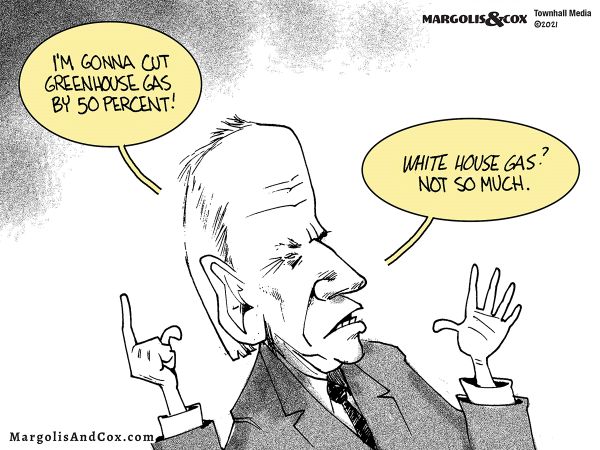
WUWT by Anthony Watts | April 16, 2021
Climate change action proponents regularly tell us we have to reduce our carbon dioxide (CO2) emissions to prevent “climate change”, even to the point of curtailing industry, travel, and food consumption. Fortunately, a real-world test of just those very things happened in 2020 due to the COVID-19 related lockdowns.
In a report released April 12th by the U.S. Energy Information Administration (EIA) the Monthly Energy Review, they report that energy-related CO2 emissions decreased by 11% in the United States in 2020 primarily because of the effects of the COVID-19 pandemic and related restrictions.
Furthermore, U.S. energy-related CO2 emissions fell in every end-use (consumer) sector for the first time since 2012. The EIA notes:
“CO2 emissions associated with energy use fell by 12% in the commercial sector in 2020. Part of this drop in emissions was due to pandemic restrictions. Because electricity is a large source of energy for the commercial sector, the declining carbon intensity of electric power also contributed to declining CO2 emissions from commercial activity. Emissions from commercial electricity use fell by 13%. Commercial petroleum and natural gas emissions fell by 13% and 11%, respectively.”
“Within the U.S. power sector, emissions from coal declined the most, by almost a fifth, at 19%. Natural gas-related CO2 emissions rose by 3%. Also of note in 2020; fossil fuel generation declined, while power generation from renewables from wind and solar continued to grow.”
These graphs below, provided by EIA, show the downward trends in CO2 emissions by sector:

The EIA also provided data that shows in the middle of all that reduction of carbon dioxide emissions, electricity generation from solar energy (and to a minor extent, wind) increased by 17% in 2020.

But here’s the rub.
This big CO2 emission reduction experiment from traditional fossil fuel energy sources so often demanded from climate change alarmists resulted from the global economy being essentially crippled for months, and yet did not matter at all in the grand scheme of global carbon dioxide concentrations, said to be the “control knob” for climate change. Even with that reduction, combined with a 17% upwards shift towards wind and solar, the Earth’s atmosphere didn’t notice – global atmospheric CO2 concentrations continued upwards, unabated in 2020.

As seen in the graph above, CO2 in the atmosphere increased during 2020 during the economy crippling lockdowns at the same rate it has been for decades. There isn’t even a blip.
This lack of any reduction in atmospheric CO2 concentration clearly demonstrates that no matter how much the U.S. reduces CO2 emissions, no one living today will, at any point in life, see a measurable change in climate attributable to the reduction. This is especially true since other countries, such as China, who only give lip-service to the CO2 emissions reduction demanded by the 2015 Paris Climate Accord.

It is a fools errand to think we in the U.S. can change the climate by reducing CO2 emissions, especially when other countries aren’t even bothering to try. We can only mitigate any future changes in the climate, something mankind has been successfully doing for centuries.



